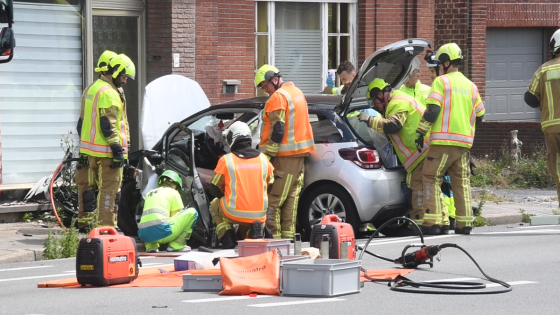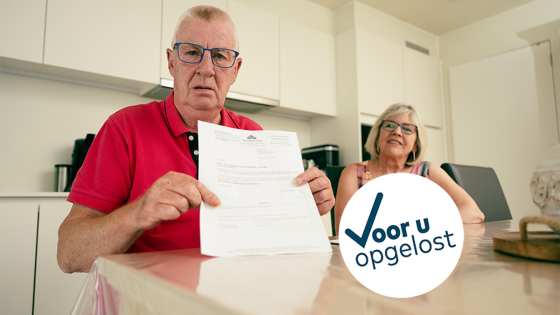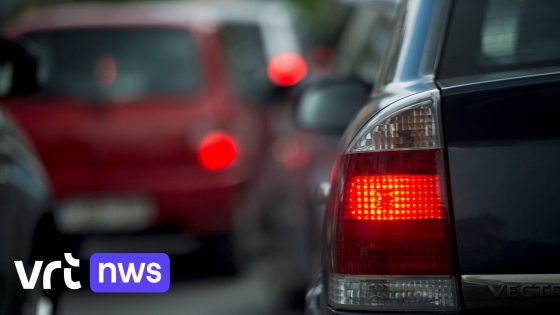Emergency services responded swiftly to a serious car accident involving a Citroën and a Toyota near the Belgian border on 2025-07-04 18:35:00. The crash required a large-scale intervention, including firefighters, police, three ambulances, and two mobile emergency teams (MUG) from both Belgium and northern France.
- Hulpdiensten rukten massaal uit naar ongeluk
- Brandweer verwijderde dak Toyota voor redding
- Slachtoffers Citroën ter plaatse verzorgd
- Twee zwaargewonde vrouwen niet levensgevaarlijk
- Bestuurster Toyota preventief naar ziekenhuis gebracht
- Mugteams ondersteunden hulp vanuit Noord-Frankrijk
Rescuers provided immediate care to the victims in the Citroën, while firefighters had to remove the roof of the Toyota to safely extract the trapped occupants. According to Officer Florian Vandecasteele from the Fluvia emergency zone, two women sustained serious injuries but are not in life-threatening condition. The Toyota’s driver escaped major harm but was taken to hospital as a precaution.
What does this incident reveal about cross-border emergency coordination, and how prepared are Belgian services for such complex rescues? The following summary sheds light on these questions.
How well do Belgian emergency services handle high-pressure situations like this? The quick deployment of multiple agencies suggests strong preparedness and coordination. Key points include:
- Rapid mobilization of firefighters, police, ambulances, and MUG teams from Belgium and France
- Technical rescue involving roof removal from the Toyota to free trapped passengers
- Effective on-site medical care preventing life-threatening conditions for seriously injured victims
- Preventive hospital transfer for less seriously injured individuals to ensure full recovery
As summer travel increases, will emergency teams maintain this level of readiness? Citizens are encouraged to stay informed about road safety and support continued investment in cross-border emergency resources to improve outcomes in future accidents.

































